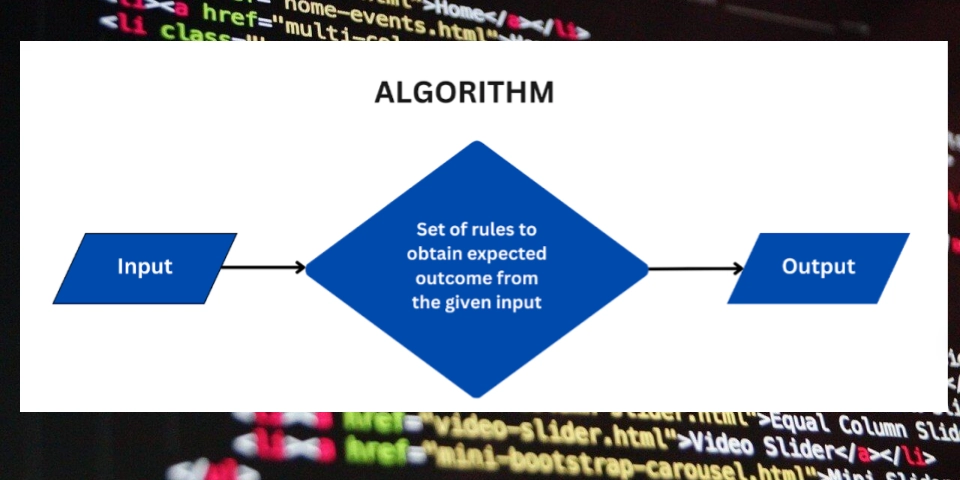
Stop Drowning in "Is It Down?" Tickets: A Guide to IT Status Page Solutions
Are your IT support teams overwhelmed with repetitive questions every time a critical service hiccups? "Is Slack down?" "Is Jira not working?" This constant barrage of tickets slows down your team and frustrates users. Thankfully, an IT status page can be the solution you need.
Why You Need a Status Page Aggregator for Multiple Services
Modern IT relies on countless cloud services, APIs, and SaaS tools. When one falters, the ripple effect creates chaos. Without a central source of truth, users flood your support channels, swamping teams with duplicate inquiries. This reactive approach hinders incident response and keeps everyone in the dark.
The Power of Proactive Communication: Unified Status Pages Explained
Imagine a single dashboard showing the real-time health of all your critical services. That's the power of a unified status page aggregator like StatusGator. It automates the collection of status updates from thousands of sources – AWS, Zoom, and more – into one easily digestible view.
Benefits of implementing a unified status page solution:
- Slash ticket volume: Give users a self-service portal for checking service status.
- Centralized monitoring: Track all your vendor statuses in one place.
- Instant alerts: Quickly notify your team about downtime across your entire stack.
- Boost transparency: Keep customers and stakeholders informed with real-time updates.
- Faster reactions: Get early warnings of potential outages before they escalate.
StatusGator: More Than Just Basic Status Monitoring
StatusGator is a comprehensive platform designed for IT, DevOps, and incident response teams. Here's how it simplifies outage management:
- Early warning signals: Detect subtle performance issues before official announcements, giving you a head start.
- Ping monitoring and website downtime alerts: Actively verify service availability, even when providers are silent.
- Private and public status pages: Maintain an internal dashboard for your team and a customizable public page for users, with automated downtime notifications via email, Slack, or other channels.
- Status page accuracy ratings: Identify which services offer the most reliable status updates.
- Analytics and outage insights: Understand how users engage with your status page during incidents to improve your communication.
- Easy outage reporting: Quickly communicate internally tracked outages directly in StatusGator.
Alternatives: DIY, Hosted, or Open Source?
Exploring other options? Here’s a quick comparison:
- DIY status pages: Offers cost savings but demands significant time and resources for manual updates and maintenance.
- Hosted status pages: Simplifies setup, but relies on manual updates or third-party integrations.
- Open source status pages: Grants maximum control but necessitates ongoing DevOps support for hosting and updates.
Automate to Elevate: Why IT Leaders Choose StatusGator
In today's complex cloud environment, automation is essential. IT directors are adopting StatusGator to gain comprehensive visibility, provide early warnings to their teams, and dramatically reduce support tickets through proactive communication.
Are you ready to:
- Effortlessly monitor multiple status pages?
- Receive instant downtime notifications?
- Send proactive communications using a downtime notification template?
- Provide transparency to your users?
- Free up your support team to tackle critical issues?
If so, it's time to integrate StatusGator into your incident response strategy. By using a IT status page, you can ensure your users are informed.
Unlock Efficiency with Real-Time Communication
Proactive communication is vital for any tech team managing cloud or SaaS dependencies. By providing automatic updates on service disruptions using tools like StatusGator, DevOps and IT professionals can avoid repetitive support requests. A centralized, real-time status page solution empowers your team to resolve incidents faster and keep everyone informed.












